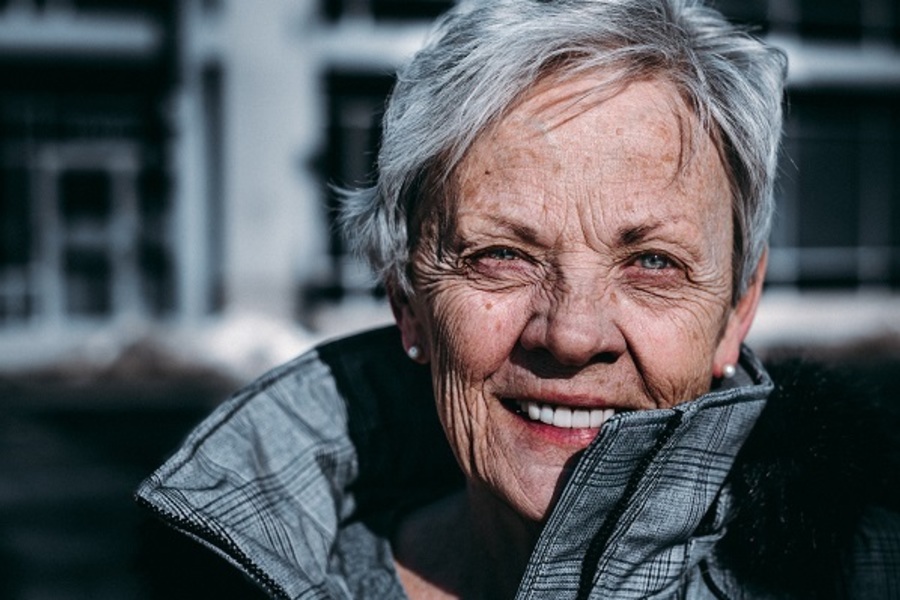Project Nightingale

Locations
- Catholic Charities of the Diocese of Santa Rosa, California
Focus Areas
- Health
- Housing
“LEO has already dramatically improved Nightingale by allowing us to design tighter systems and internal controls. The research results will allow us to see the impact we are making or not making.”
The Issue
The National Coalition on Homelessness and Poverty reports that 3.5 million Americans experience homelessness each year. People who are homeless are more likely to be in poor health, and the options they have for managing their care are limited. They often can’t get medical attention until their illness has become an emergency. When the health challenges they face are further compounded by addiction, mental health issues, and unhygienic and unsafe living conditions, it’s clear why people who are homeless visit hospitals so frequently.
Because hospitals are reluctant to discharge patients who don’t have a permanent place to live, people who are homeless typically have longer hospital stays than most patients. They are also readmitted more often. A 2013 study found that over 70% of homeless patients who were discharged from the hospital were readmitted or visited the emergency room less than 30 days later (Doran et al, 2013).
Hospitals are not designed to meet the complex and pressing health and life needs of people who are homeless. But follow-up respite programs potentially can. These programs—which offer bed rest, regular meals, and case management—help bridge the gap in services between patients who are too healthy to stay in the hospital, but too sick to recover without basic care and shelter.
The Intervention
Project Nightingale, run by Catholic Charities of the Diocese of Santa Rosa, provides temporary respite care for homeless patients who need extra recovery time after hospital discharge and before returning to life on the streets. The goal is to avoid an ER visit or readmission, but Project Nightingale patients are also offered services to address other areas of their lives, such as addiction and employment.
Project Nightingale patients are admitted to either the Samuel L. Jones Hall homeless shelter or the Santa Rosa Community Health Center’s Brockwood Clinic. There, they receive regular meals, bedside care, and basic case management services to prepare for reentering the streets or moving into stable housing. Unlike most homeless shelters, Project Nightingale patients are allowed to rest in their beds during the day.
Research Question
Do homeless hospital patients released into Project Nightingale’s respite centers experience more stable health and fewer subsequent hospital visits?
Intended Outcomes
- Project Nightingale patients will improve their health and have fewer hospital readmissions.
- Hospitals will see lower costs, as Project Nightingale patients will have fewer readmissions and shorter hospital stays.
Research Study Design
LEO is conducting a quasi-experimental study of Project Nightingale. Because Project Nightingale centers have a limited number of beds, a bed may or may not be available when a patient is discharged from the hospital. When a patient’s physician identifies them as eligible for Project Nightingale, the patient is placed on a waitlist. This waitlist naturally sorts participants into two groups that are about the same, but one group receives services while the other does not. When a bed becomes available, it is offered to the next patient on the waitlist, and they become part of the treatment group. If a bed is not available when a patient leaves the hospital, that person becomes part of the control group.
LEO researchers collect the hospital records of all patients participating in the study and use them to compare the outcomes of those who enter Project Nightingale centers with those who do not.
The Study in Action: Currently, respite programs are not part of the government’s healthcare plan and do not receive federal funding. Because recurring hospital visits by patients who are homeless are expensive, we need to better understand how respite care can stabilize homeless patients long-term.
Because the high healthcare costs associated with homelessness are felt deeply across America, what we learn about Project Nightingale will help other local governments better respond to the healthcare needs of people who are homeless.
To further its impact on the homeless community in Santa Rosa, Catholic Charities Santa Rosa expanded the Nightingale program in October of 2015. The respite centers can now serve 26 people per night, doubling their previous capacity.